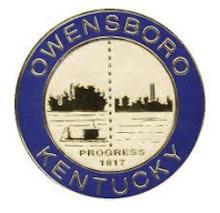Electric Coop Green Lights Fiber Pilot Project
Electric coops empowered communities during rural electrification in the 1930s, connecting people to power grids. Now electric coops have the opportunity again to empower communities through affordable, high-speed connectivity. In Colorado, the Delta-Montrose Electric Association (DMEA) is moving forward with a pilot project for a Fiber-to-the-Home (FTTH) network.
Unanimous Decision for Fiber
In late December 2015, the DMEA Board of Directors gave the green light to start the pilot project. The move to provide connectivity comes as no surprise. DMEA considered providing middle mile connectivity for a long while before coming to the decision to instead deploy FTTH. If the coop had chosen to develop the middle mile network, they would not have connected members’ homes, but instead would have built infrastructure connecting to the larger Internet.
Many projects funded with American Recovery and Reinvestment Act (ARRA) stimulus funds were built as middle mile networks. At the time, policy makers theorized that middle mile projects would encourage private sector last mile providers to complete the link to subscribers. Over time, this theory has proven too optimistic. Municipalities and smaller private providers are connecting to middle mile networks in some places, but the large scale build out expected from big name providers is just not happening.
For DMEA, FTTH is their solution: building a larger network and taking the fiber directly to members’ homes. Virginia Harman, DMEA spokesperson, described the decision to do FTTH as a reaction to member demand. In a recent survey, members highlighted the importance of high-speed Internet access for their homes. The goal now is to build the network in a sustainable way.
Phased Approach to Connectivity



